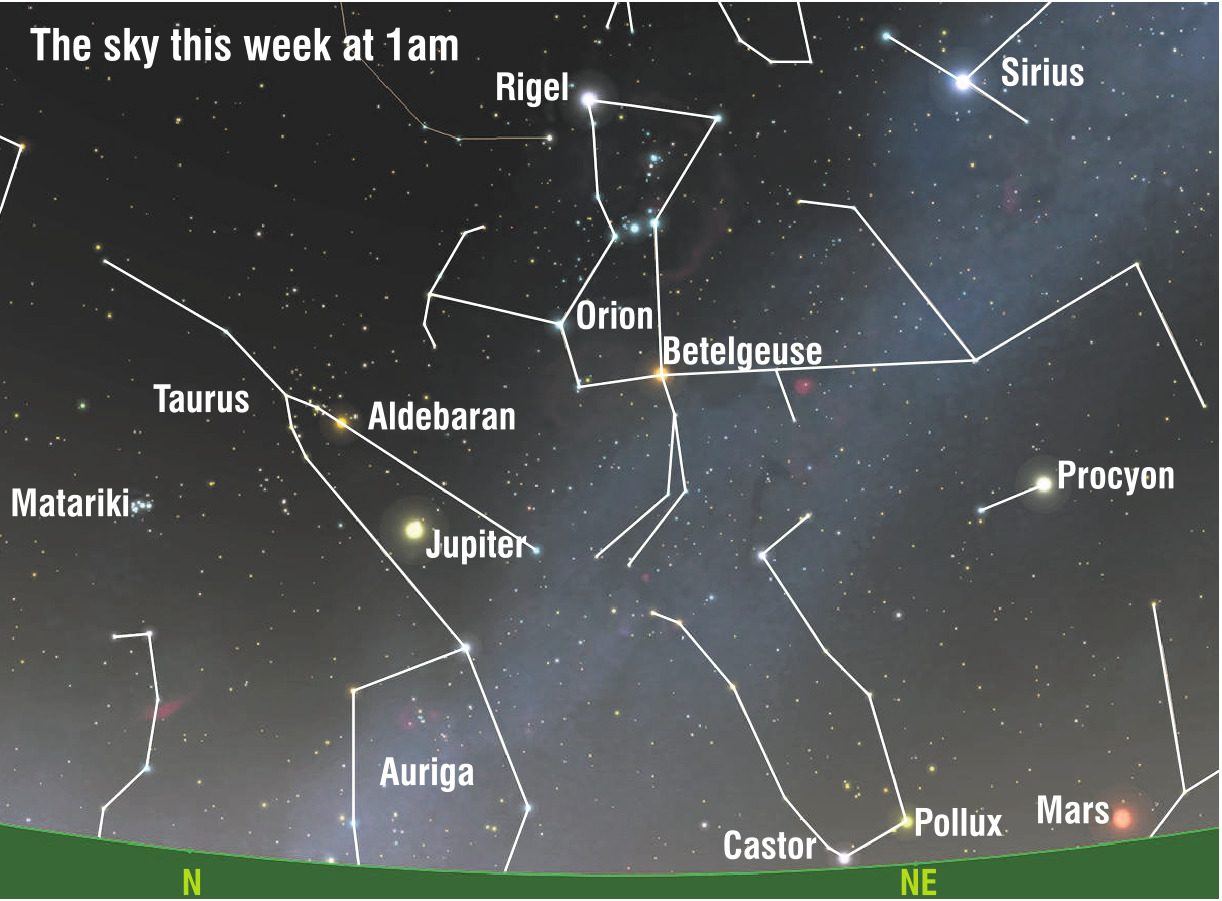
If you are a fan of the largest planet in the solar system, now is a great time to check it out. That's because Jupiter, the fifth planet from the sun, is at its best viewing position this week. This position, called "opposition" by astronomers, means that Jupiter is directly opposite the sun in the sky, closest to the Earth and at its brightest.
Spotting Jupiter is a breeze. Rising shortly after sunset, it appears as a bright "star" low in the northeast as the sky darkens. The planet is presently moving through the constellation Taurus and is close enough to the constellation's brightest star, Aldebaran, that you can compare their contrasting colours; yellow-white Jupiter is some 32 times brighter than orange-red Aldebaran.

At a distance of just over 600 million km, Jupiter's light takes about 34 minutes to reach your eyes. Aldebaran is considerably further away; light from Aldebaran began its celestial journey to your eyes back in 1958. With a telescope, you can spend hours admiring the complex beauty of Jupiter's fascinating atmosphere.
Every 10 hours (the time it takes for Jupiter's atmosphere to rotate once), it is possible to see Jupiter's great red spot, an enormous storm that has been raging in the planet's atmosphere for centuries. If you want to see this long-lived storm for yourself, it should be visible crossing the northern part of Jupiter's disc after midnight early on Monday. Once you have had your fill of Jupiter, do take time to enjoy the northern sky at this time of year.
It is teeming with fascinating constellations such as Orion and Gemini, which themselves are teeming with incredible nebulae (like the great nebula in Orion) and clusters (such as Matariki in Taurus)..










